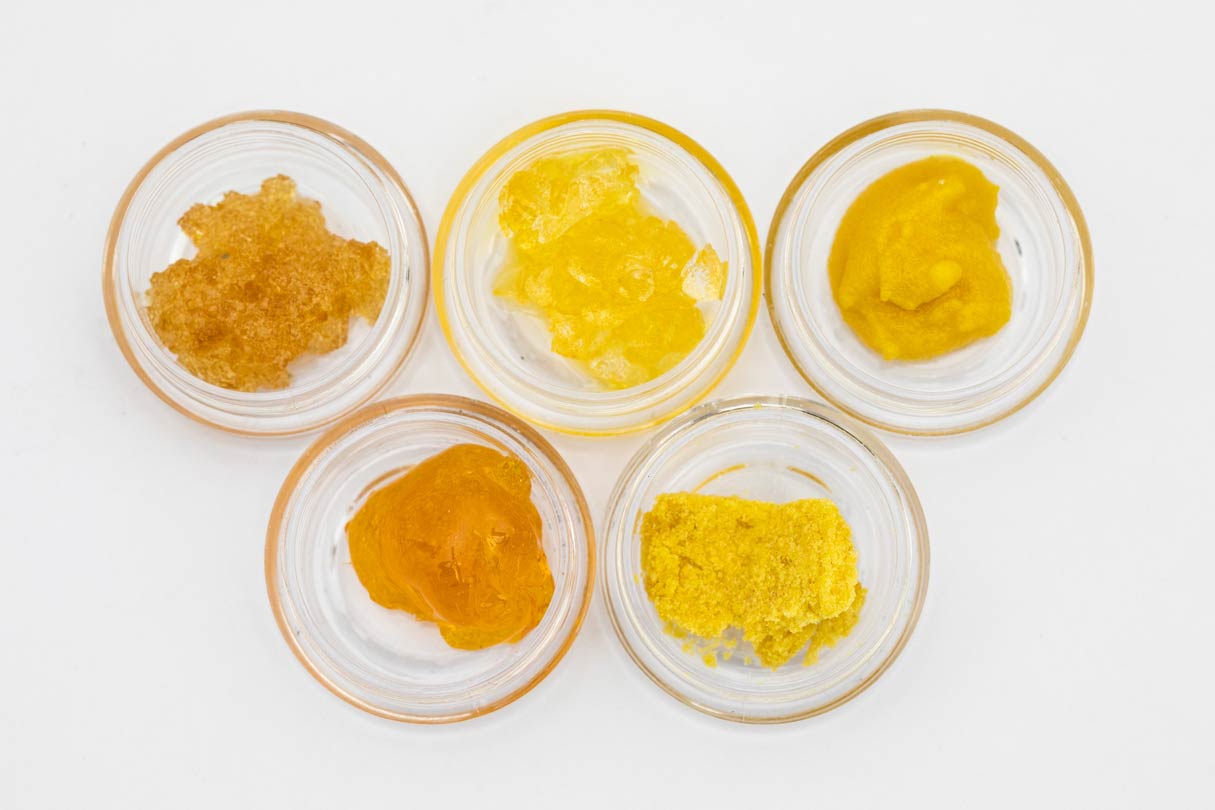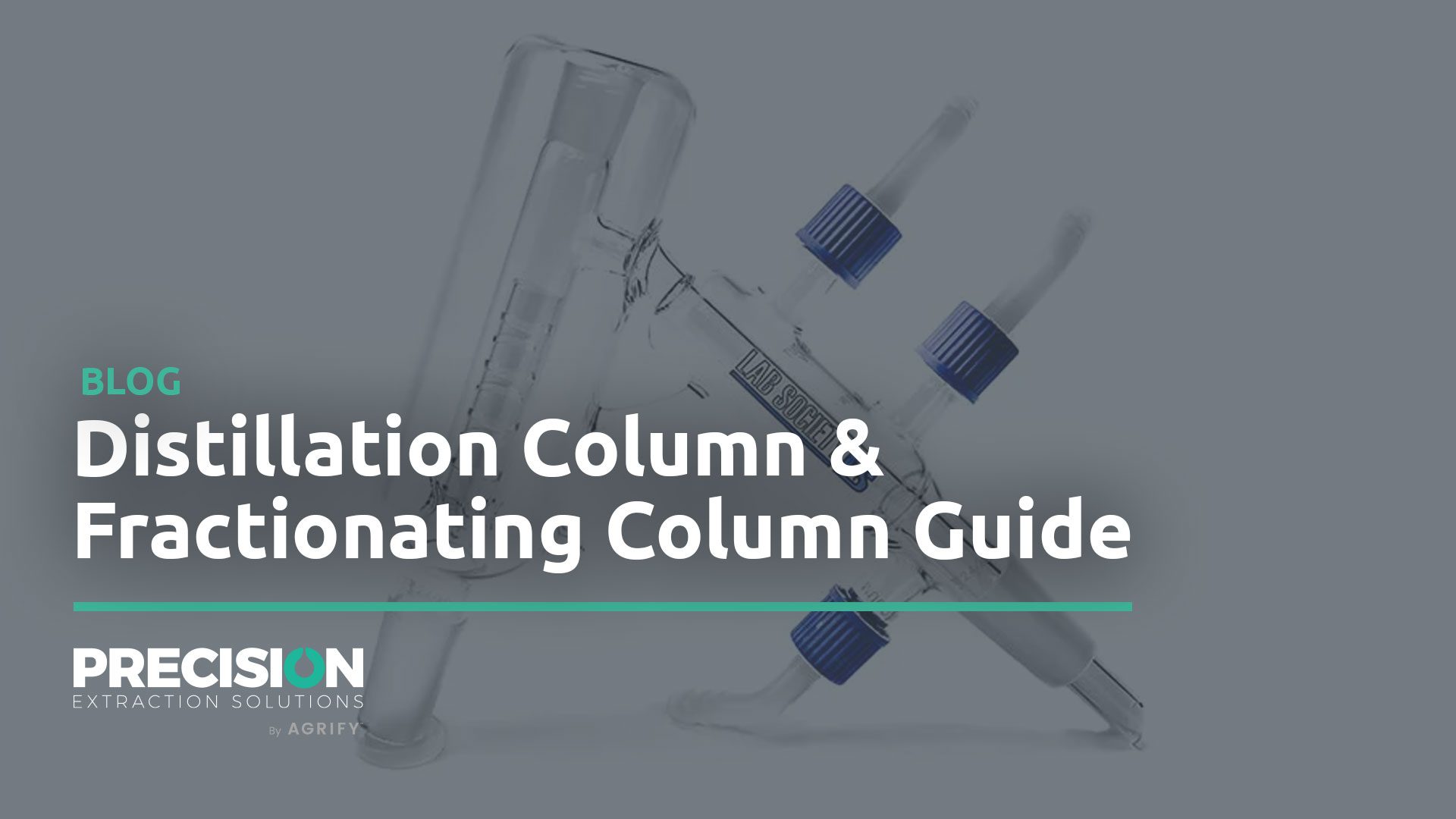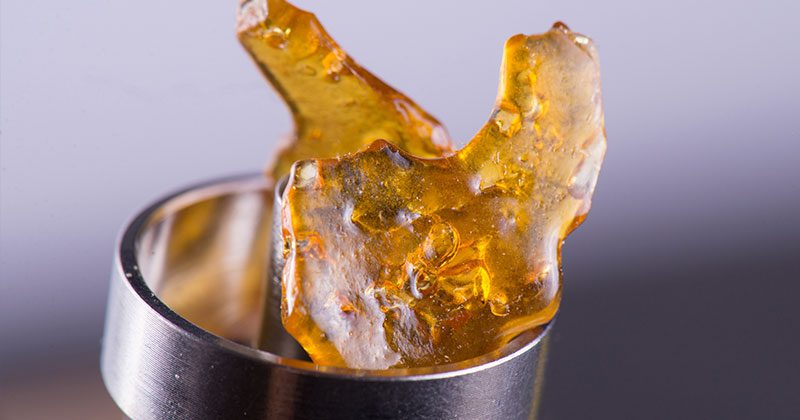
Shatter is a form of cannabis extract that has become increasingly popular in recent years. Shatter retains a lot of the plant’s flavors, as well as a high concentration of THC. The end product is pure and glass-like, and it’s often consumed through vaping or dabbing.
One of the most popular ways to commercially make shatter is using butane and hydrocarbon extraction equipment. Not only does this create a superior end product, it also streamlines the process for bulk THC extraction.
Many people have developed at-home, DIY methods for creating shatter, both with solvents and solvent-less. In this article, we will break down the steps and equipment used for creating a shatter product in a safe and secure laboratory or room using commercial grade extraction and post processing equipment.
What is Shatter?
“Shatter” is a homogeneous, amorphous solid predominately made up of THCa, terpenes, and phospholipids. Other constituents including minor cannabinoids may be present as well, depending on the input material.
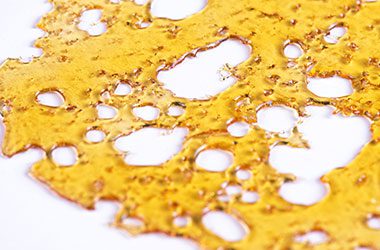
Considerations When Making Shatter
When making shatter, or any cannabis concentrate for that matter, there are three high-level considerations one must look at:
- Input material quality
- Extraction parameters
- Post-processing parameters
Let’s take a look at each of these considerations and how they come into play when producing shatter.
How to Make Shatter
Material
High-quality material produces high-quality outputs. While there are parameter tweaks and “tricks” an operator may use to increase output quality, the old adage “fire in, fire out” rings true to this day. When making shatter and most other concentrates produced for vaporizing, we want to utilize the least amount of post-processing possible, in order to maintain the general composition of active ingredients from the raw input to the finished output.
The single largest consideration in creating the stable, glass-like shatter consistency is the moisture content of the input material. The material should be 8% water content or lower. Dry material makes achieving our goal consistency easier and repeatable. It’s also important to note that different cannabinoid and terpene profiles will alter the final form of the finished product.
Extraction
Standard low temperature hydrocarbon extraction parameters are utilized for primary extraction. Using low temperature extraction, as opposed to a higher temperature boiling solvent like ethanol, mitigates the extraction of phospholipids, thus creating a highe
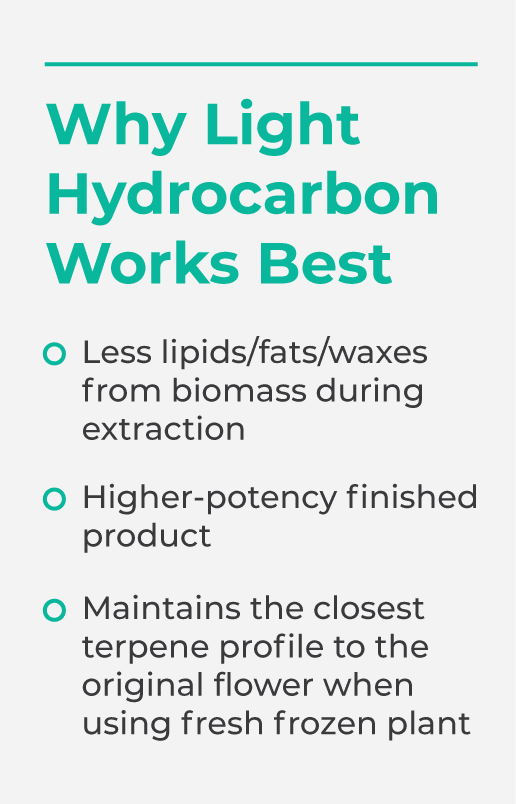
r-quality, higher-potency finished product. Most operators will opt for a butane-dominant solvent blend or utilize 100% n-butane in this scenario. Too much propane will pull the lighter terpenes, thus increasing terpene content and influencing nucleation of THCa throughout the batch, causing it to “sugar.”
Our final consideration in this category is residual solvent content of the raw oil when removing it from the machine. It’s important to leave enough liquid solvent behind so that you can gently pour the concentrate out of the machine to agitate the solution as little as possible, prevent THCa nucleation, and avoid “sugaring” the slab.
It should be noted that while a shatter slab may “sugar” it does not mean the product couldn’t or shouldn’t be consumed. Some people have preferred a sugared shatter concentrate, but for the purposes of making “true” shatter we will attempt to avoid this result.
Post-Processing
The raw concentrate is then poured onto parchment paper–lined vacuum oven trays to form the thin sheet “slab”-style consistency that shatter is known for. Oven temperatures vary depending on the strain, but we feel 93 degrees Fahrenheit is a great starting point.
Upon placing the tray into the oven, it’s important to allow the concentrate to acclimate to the oven temperature prior to pulling a vacuum on the oven. Our general rule of thumb is 90 minutes of acclimation time. Savvy processors will rid their vacuum oven of oxygen at this time by utilizing a gaseous nitrogen backfill, which prevents oxidation and also provides a “dry” environment ensuring the concentrate doesn’t absorb any water contained in the atmosphere.
Once the concentrate has acclimated to the oven temperature, we can pull a full vacuum on the oven. Some operators prefer to “flip” the concentrate every 12–24 hours to ensure even purging, but this isn’t always necessary. Depending on your residual solvent analysis goals, the product can be fully purged in 36–72 hours.
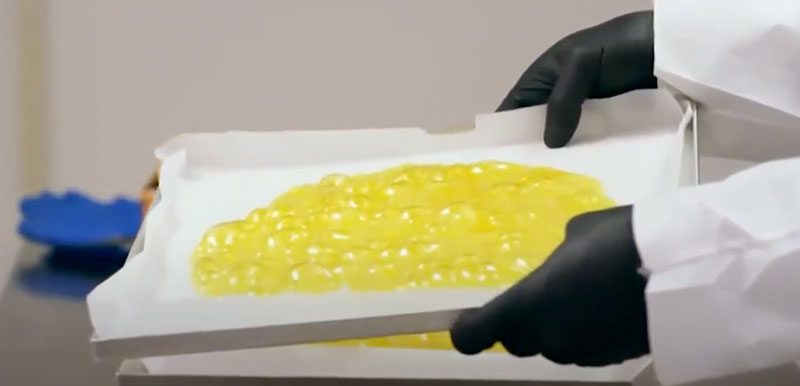
Precision Equipment for Making Shatter
Precision Extraction engineers best-in-class hydrocarbon extractors for producing cannabis concentrates. If you want to make shatter in small scale production, check out:
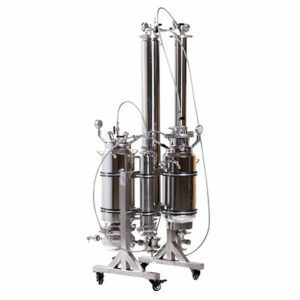
PX1 Hydrocarbon Extractor
- Utilize butane or propane solvents
- Suitable for cannabis and hemp
- 3-5 lb per hour processing
- 30-45 min cycle time
- Optimal for producing extracts such as isolate/sauce, shatter, distillate, vape pens, tinctures and edibles
- ASME certified and engineer peer reviewed
For mid to large scale production, see our complete line-up of hydrocarbon extraction equipment.
Vacuum Ovens
Cascade Vacuum Ovens offer incredible temperature stability for vacuum drying and purging of pharmaceuticals, botanicals, slurries, or any temperature sensitive material. Shop Now!
Wondering what equipment is best for your operation?
